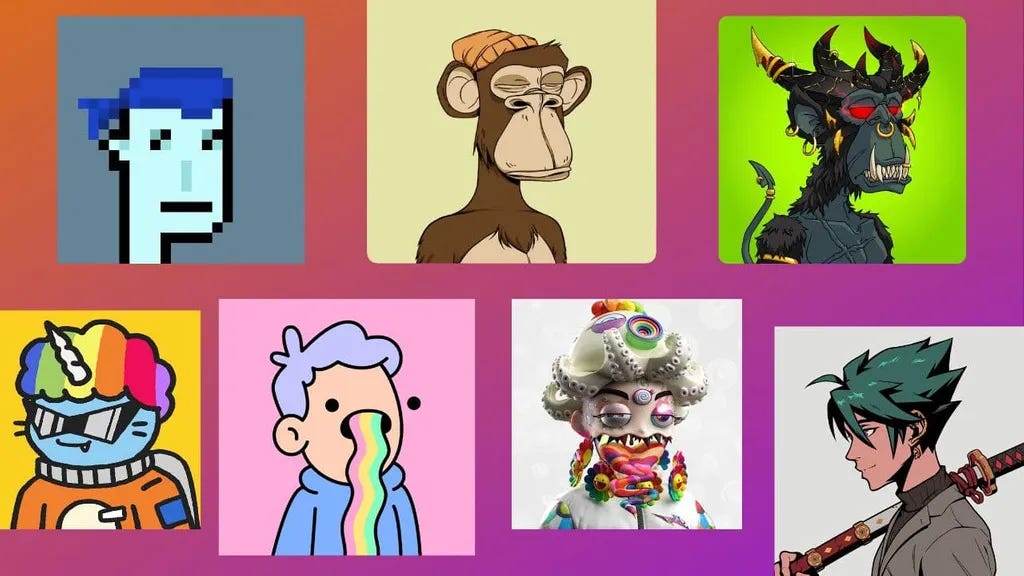
To understand non-fungible tokens or NFTs, let’s first learn what is NOT an NFT. A 100 rupees banknote is not an NFT, because 100 rupees notes have the same value and can be replaced by one another.
In the case of NFTs, each NFT is unique and cannot be replaced by another. For example, Rahul Dravid NFT does not have the same value as Sachin Tendulkar's NFT. But a 100 rupee note in Dravid’s pocket will have the same value as a 100 rupee note in Tendulkar’s pocket.
What are Fractional NFTs?
Fractional NFT is when multiple people have ownership of one NFT. For example, you own an expensive diamond that no one person is able to buy because of its high cost, say $1 million.
Even though you technically own $1 million in assets, you are not able to convert it into banknotes. This is where fractionalization helps. You decide to break the diamond into multiple pieces (fractions) and put it up for sale.
A win-win for both you and the buyers, who can now trade the diamond further to make more money in the future or simply boast about owning a rare stone. If we replace the diamond with an equally expensive NFT and banknotes with crypto - we arrive at an understanding of Fractional NFTs.
This concept of fractionalization comes from traditional finance where people share the ownership of expensive things like airplanes, vacation homes, etc. It allows more people to own or invest in expensive things without having to pay a very high price.
Some blue-chip NFTs are the most expensive assets priced at around $100,000 or even $1 million. Examples of blue-chip NFT collections include Bored Ape Yacht Club, CryptoPunks, Moonbirds, etc. Through fractionalization, these expensive NFTs become accessible to a large group of investors who otherwise cannot afford them.

The process of fractionalizing an NFT includes locking up the original NFT in a vault and issuing a limited number of tokens that represent ownership of the original NFT. These tokens can be bought from various fractional NFT platforms, as follows:
These tokens representing fractional ownership of NFTs are then sold on secondary marketplaces like Uniswap.
How did it all start?
While I was not able to trace the first fractional NFT sale event, fractionalization of the popular Doge NFT in 2021 was one of the pivotal moments for this trend.
In September 2021, the owner of Doge meme NFT, PleasrDAO announced that it has fractionalized the NFT through Fractional.art platform. This meant, billions of DOG tokens were made available for people to buy for less than $1. For context, NFT of original Doge meme was sold for $4 million.
“It’s very much as if the Louvre decided to fractionalize the Mona Lisa and distribute a portion of it for the public to own,” Jamis Johnson, chief pleasing officer of PleasrDAO wrote in a blog post, dated August 31, 2021. Indeed an incredible thing to witness and be part of.
That’s all from F for Fractional NFTs. If you recall any other Web3 terms starting from the letter F, please leave a comment and I will include them in later editions.
Until next week!
How was today's edition?
With your feedback, I can improve. Click on a link to vote:
Join Web3 Alphabet on WhatsApp or Discord to access daily updates on Web3 events, Twitter spaces, and Web3 job openings.




